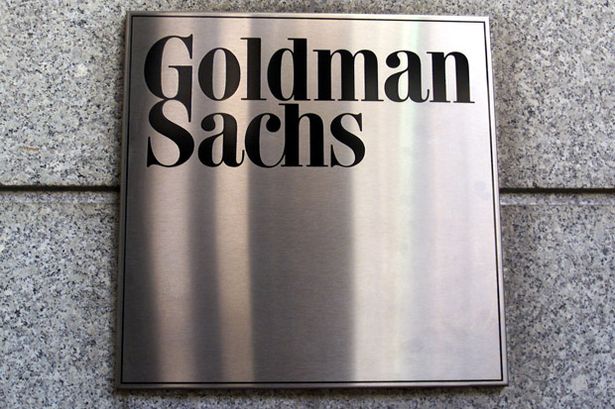-By Bev Johns
We are used to grandiose claims in special education and in education generally.
Now, in Utah, Goldman Sachs Pay for Success claims a success rate of over 99 percent – reducing the need for special education by over 99 percent.
PAY FOR SUCCESS IS NOW IN BOTH THE HOUSE AND THE SENATE ESEA BILLS.
On July 16, 2015, U.S. Senator Orrin Hatch (R-Utah) issued a news release stating:
- The Every Child Achieves Act, as passed by the Senate HELP Committee, includes language that would make Pay for Success initiatives an allowable use of funds through Title I, Part D (Prevention and Intervention Programs for Children and Youth Who are Neglected, Delinquent, or At-Risk) and Title IV, which funds programs addressing student health and safety.
- On February 26, 2015, the House of Representatives approved a bipartisan amendment to H.R. 5, the Student Success Act, that would make Pay for Success initiatives an allowable use of state and local funds in Title II and in the Teacher and School Leader Flexible Grant, supporting states and school districts in improving student outcomes and saving resources by training and supporting educators.
Please read the following excerpts from the New York Times article on Pay for Success in Utah:
Among the 110 students who had been expected to need special education had they not attended preschool, only one actually required it this year….
Gov. Gary Herbert of Utah and Goldman’s chief executive, Lloyd C. Blankfein, lauded the outcome on Wednesday as a victory for public-private partnerships.
It is also a public relations victory for Goldman, which has been trying to reform its reputation as an institution focused solely on the bottom line….
The $4.6 million put up by Goldman— and the $2.4 million invested by the Pritzker Family Foundation — went toward expanding an existing preschool program for poor children in Salt Lake County.
The program had already been shown to decrease the need for special education, but it had not been able to expand to meet all of the demand.
The Goldman money — which is more of a loan than a bond — allowed another 595 3- and 4-year-olds to attend preschool last year, in addition to the 2,400 or so other children who were already enrolled.
Of those new students, tests indicated that without preschool, 110 were likely to need special education.
This year, teachers determined that 109 of those pupils did not need special services.
For each one of them, Goldman and its partner got about $2,500, and will receive that each year, through the six grade, that the students avoid special education, with the amount decreasing in the years after that.
The State of Utah, and some local private charities, are still paying 95 percent of what it would have cost for the special education. But Mr. Roman, at the Urban Institute, said the state would reap significant other savings if the students continued to avoid special education, which is generally associated with higher levels of truancy, juvenile crime and other problems.
Have you made any contact with the national organizations that you belong to? Have you contacted your own US Representative and your 2 US Senators?
Saying to your US Senators: Please remove Pay for Success as an allowable use of funds through Title I, Part D (Prevention and Intervention Programs for Children and Youth Who are Neglected, Delinquent, or At-Risk) and Title IV, which funds programs addressing student health and safety, from the Senate version of ESEA in Conference Committee on the ESEA bill.
Saying to your US Representative: In Conference Committee, please remove from H.R. 5, the Student Success Act, the provision that make Pay for Success initiatives an allowable use of state and local funds in Title II and in the Teacher and School Leader Flexible Grant.
Pay for Success has been used in Utah to prevent 99 percent of children supposedly headed for special education from actually being identified for special education, and paid Goldman Sachs and other investors for each child NOT placed in special education. This is a huge financial incentive to NOT identify children as needing special education, and there is absolutely no research stating 99 percent of students in special education should not be there.
In Chicago, Pay for Success may allow Goldman Sachs to double its investment, depending on how many students are NOT identified for special education.

I thought that was what early intervention was all about. Identifying kids early enough to provide services to with the goal of not needing them in the future. This program just sounds like it has too much potential for abuse.